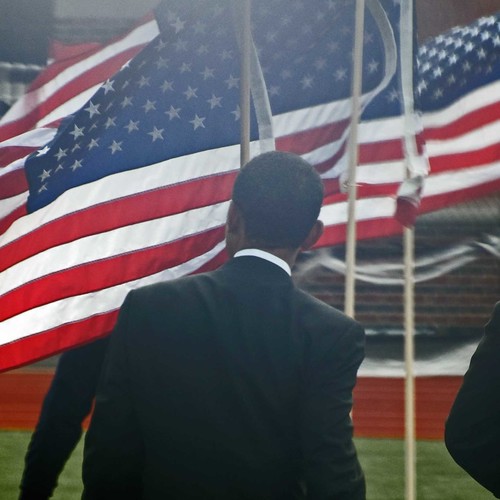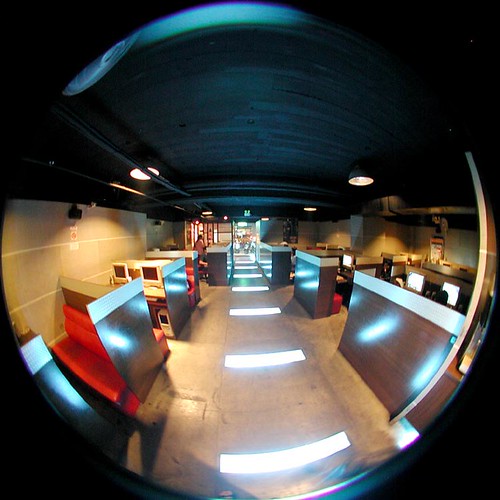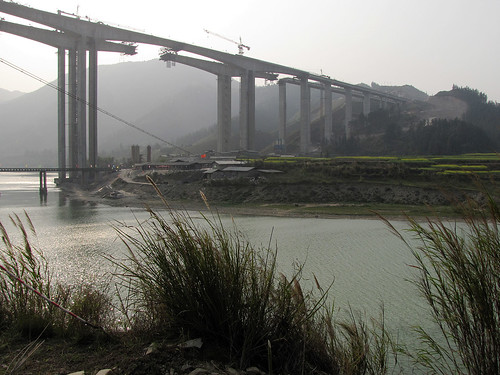
ASPEN – Public-opinion polls in the United States indicate a close presidential election in November. While President Barack Obama outpolls the Republican challenger, Mitt Romney, on foreign policy, slow economic growth and high unemployment – issues that are far more salient in US elections – favor Romney. And, even on foreign policy, Obama’s critics complain that he has failed to implement the transformational initiatives that he promised four years ago. Are they right?
Obama came to power when both the US and the world economy were in the midst of the worst financial crisis since the Great Depression. Indeed, some of Obama’s economic advisers counseled him that unless urgent steps were taken to stimulate the economy, there was a one-in-three chance of entering a full-scale depression.




